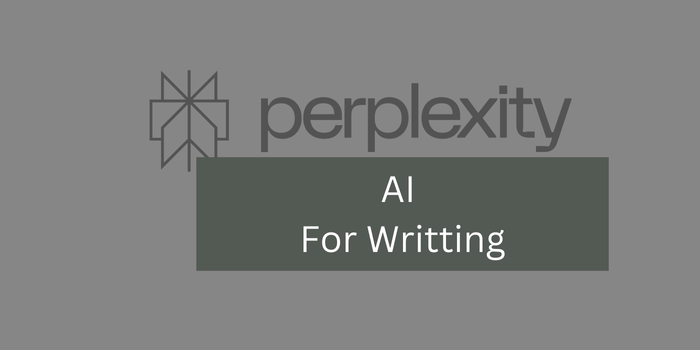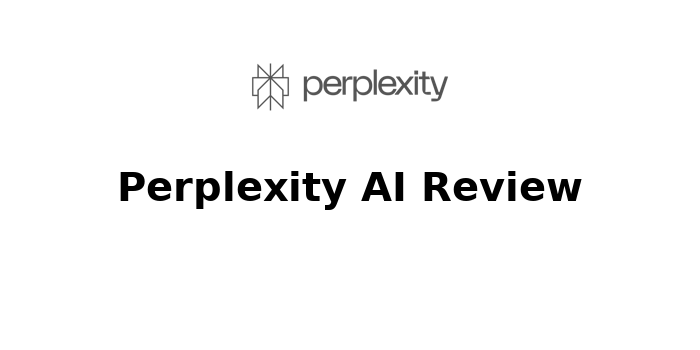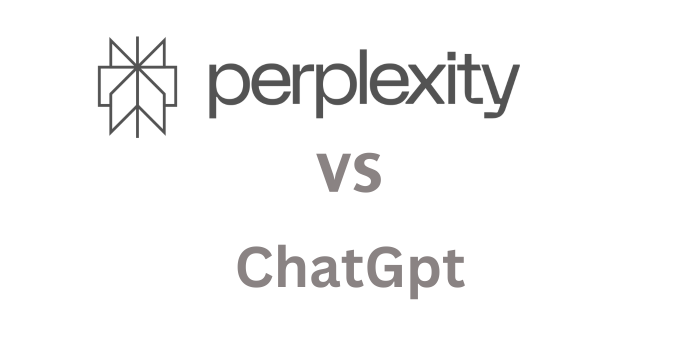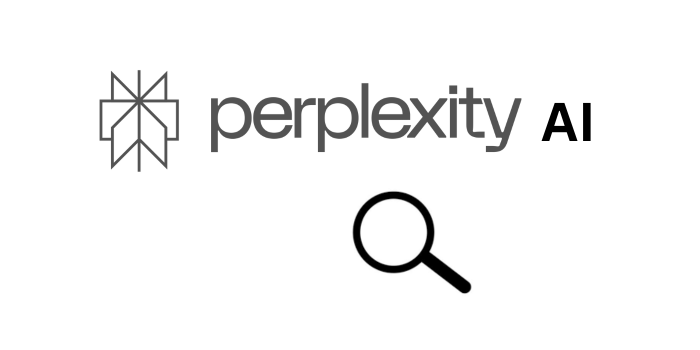Academic writing requires precision, clarity, and proper citations to ensure credibility and scholarly integrity. With the rise of AI-driven tools, students, researchers, and professionals now have access to powerful resources to streamline their writing process. One such tool that has gained popularity is Perplexity AI. This AI-powered research assistant helps users generate ideas, refine their writing, and ensure proper citations. In this article, we will explore how Perplexity AI can assist with academic writing and citations, its benefits, potential limitations, and best practices for maximizing its utility.
1. Understanding Perplexity AI
Perplexity AI is an advanced artificial intelligence tool that functions as a conversational search engine and research assistant. Unlike traditional search engines, Perplexity AI utilizes natural language processing (NLP) to generate concise, well-structured responses to queries. It pulls information from credible sources, making it an invaluable tool for academic research.
Some of the key features of Perplexity AI include:
- AI-powered search capabilities that provide direct and relevant answers.
- Summarization of complex information from various sources.
- Citation generation to ensure academic integrity.
- Context-aware responses that improve research efficiency.
- Integration with external databases for enhanced information retrieval.
2. How Perplexity AI Supports Academic Writing
Perplexity AI serves as an invaluable tool for students and researchers by offering AI-driven insights, streamlining the writing process, and enhancing the quality of academic work. It provides users with instant access to relevant information, aiding in everything from topic selection to final proofreading. Whether you’re drafting a research paper, writing a thesis, or preparing an academic report, Perplexity AI can help refine arguments, improve coherence, and ensure that citations are correctly formatted.
2.1 Idea Generation and Topic Exploration
One of the initial challenges in academic writing is selecting a topic and formulating a thesis statement. Perplexity AI assists in brainstorming by:
- Suggesting research topics based on the latest trends.
- Providing background information on specific subjects.
- Summarizing key arguments related to a topic.
- Highlighting gaps in existing literature to help refine research questions.
This feature is particularly useful for students and researchers looking to explore new ideas or narrow down broad topics.
2.2 Literature Review and Information Synthesis
A critical component of academic writing is the literature review, which requires reviewing and synthesizing previous research. Perplexity AI can help by:
- Summarizing key findings from multiple sources.
- Identifying significant studies related to a specific field.
- Providing a comprehensive overview of existing research.
- Highlighting contrasting viewpoints to facilitate critical analysis.
By leveraging AI-generated summaries, researchers can save time and focus on interpreting data rather than manually scanning multiple papers.
2.3 Structuring Academic Papers
A well-structured academic paper follows a logical flow, including an introduction, literature review, methodology, results, discussion, and conclusion. Perplexity AI can assist with structuring papers by:
- Suggesting appropriate headings and subheadings.
- Providing sample outlines tailored to different types of academic papers.
- Offering insights on how to improve argumentation and coherence.
- Ensuring logical progression of ideas.
This feature is particularly beneficial for students struggling with organizing their thoughts in a structured manner.
2.4 Enhancing Writing Clarity and Style
Academic writing demands clarity, conciseness, and formal tone. Perplexity AI helps refine writing style by:
- Identifying and correcting grammatical errors.
- Suggesting alternative phrasing for clarity and conciseness.
- Ensuring adherence to formal academic language.
- Detecting redundancies and inconsistencies in writing.
With these capabilities, Perplexity AI serves as a powerful writing assistant, ensuring polished and professional academic content.
3. How Perplexity AI Aids in Citations and Referencing
Citations are crucial in academic writing to acknowledge sources and avoid plagiarism. Perplexity AI simplifies citation management by:
3.1 Automatic Citation Generation
Perplexity AI can generate citations in multiple formats, including:
- APA (American Psychological Association)
- MLA (Modern Language Association)
- Chicago/Turabian
- Harvard referencing
This feature is particularly useful for students who struggle with formatting citations correctly.
3.2 In-Text Citations and Bibliography Assistance
In addition to generating citations, Perplexity AI assists with:
- Formatting in-text citations correctly.
- Ensuring consistency between in-text citations and the bibliography.
- Providing references from reputable sources.
- Verifying citation accuracy to maintain academic integrity.
By automating citation-related tasks, Perplexity AI significantly reduces the risk of citation errors.
3.3 Avoiding Plagiarism
Academic institutions impose strict policies against plagiarism. Perplexity AI helps users:
- Paraphrase information effectively to avoid direct copying.
- Generate citations for paraphrased content.
- Check for accidental plagiarism by comparing texts against existing literature.
With these tools, users can ensure their work adheres to ethical academic practices.
4. Benefits of Using Perplexity AI for Academic Writing
Using Perplexity AI for academic writing offers several advantages:
- Time Efficiency – Automates research, summarization, and citation tasks.
- Accuracy – Provides well-structured and factually accurate responses.
- Improved Writing Quality – Enhances grammar, coherence, and readability.
- Citation Management – Simplifies referencing and prevents citation errors.
- Plagiarism Prevention – Helps maintain academic integrity.
These benefits make Perplexity AI a valuable tool for students, researchers, and professionals.
5.1 Limitations of Perplexity AI
While Perplexity AI is a powerful tool, it has some limitations:
- Limited Contextual Understanding – May not always grasp nuanced arguments or complex theories.
- Potential Inaccuracies – AI-generated content should always be cross-verified with original sources.
- Dependence on Training Data – Accuracy depends on the AI’s data sources, which may not always include the latest research.
- Over-Reliance on AI – Should be used as a supplementary tool, not a replacement for critical thinking.
5.2 Best Practices for Using Perplexity AI Effectively
To maximize the benefits of Perplexity AI in academic writing:
- Cross-Check AI-Generated Content – Verify information with primary sources.
- Use AI as a Guide, Not a Replacement – AI should support research, not replace manual effort.
- Refine and Edit Outputs – AI-generated content should be reviewed for accuracy and coherence.
- Ensure Proper Citation Practices – Always validate AI-generated citations before submission.
- Combine with Traditional Research Methods – Supplement AI insights with library resources and peer-reviewed journals.
By following these best practices, users can harness the full potential of Perplexity AI while maintaining academic rigor.
Conclusion
Perplexity AI is a game-changer for academic writing and citation management. From idea generation to literature review, structuring papers, improving writing clarity, and managing citations, this AI tool significantly enhances efficiency and accuracy. However, while it offers numerous benefits, it should be used with caution to ensure reliability and academic integrity.
By combining Perplexity AI with traditional research methods, students and researchers can produce high-quality, well-cited academic papers while saving time and effort. As AI technology continues to evolve, integrating these tools into academic workflows will become increasingly essential for success in scholarly writing.






